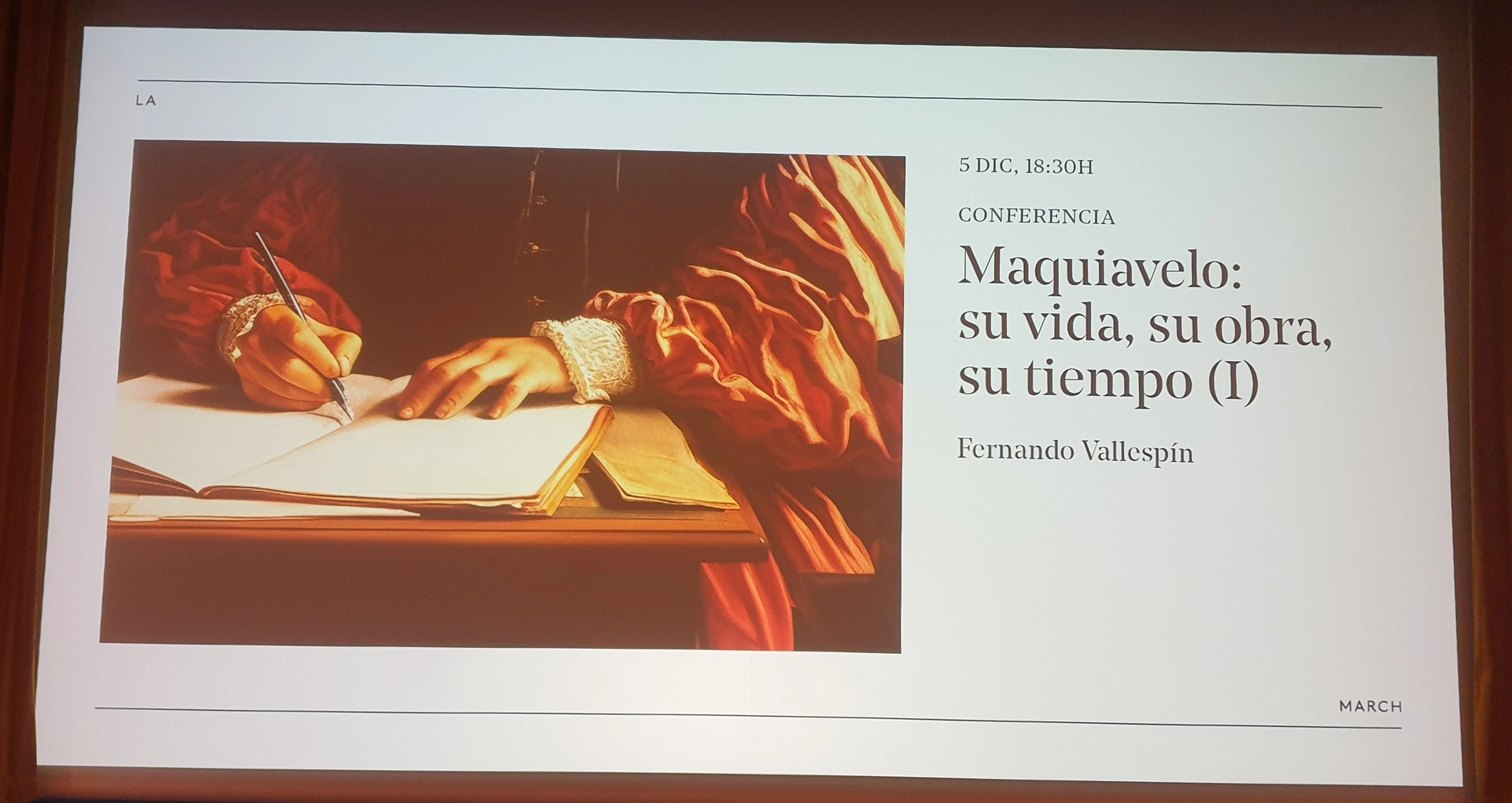


Ah, the nice feeling of getting home after work, settling into your routine, going to the gym, writing your blog, getting on with your hobbies, whatever it might be. But occasionally it is nice to break out to your routine and do something different, push yourself outside of your comfort zone to meet new people, or reconnect with old classmates.
Last week, Bentley University, my alma mater, held an event in Fort Lauderdale. It is a traffic filled hour´s drive from Boynton Beach, but I pushed myself to go, not knowing who I was going to meet.
First off, I was surprised to see how much of a city Ft. Lauderdale is: big, tall buildings everywhere, not the cozy, cute, and quaint resort town, but an asphalt jungle! At any rate, apparently an older couple, Bentley alumni own the building where the event was held, and it was brand new and beautiful, if a little minimalist as is the horrible trend nowadays.
At any rate, I met parents of future students, alumni older and younger than me, and I reconnected with Annmarie, an old acquaintance, I chatted with a couple of alumni and recruiting folks as well as with President Brent Chrite, a sharp-as-a-tack fellow who spoke for a few, very intense and brilliant minutes!
The hors d’oeuvres were fantastic, the only glass of wine I had was nice, and the setting beautiful.
So, get out, push yourself outside of your comfort zone, even if it means suffering in traffic for an hour, who knows what you might learn and who you might meet! You are welcome.











